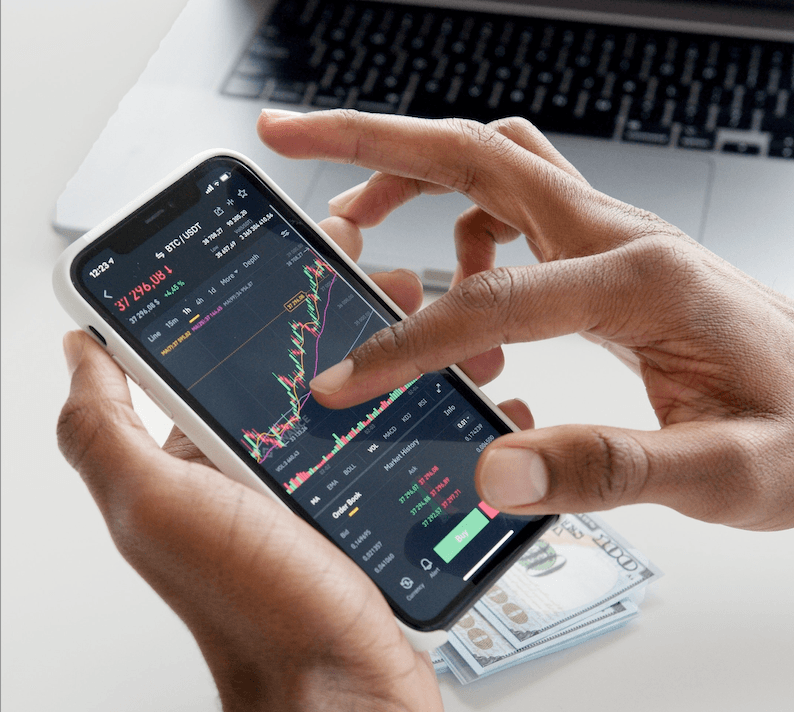Globally, year-to-date (YTD) 2023 recorded 615 IPOs with US$60.9b capital raised, a 5% and 36% decrease year-over-year (YOY).
Larger deals came to the market in Q2 compared to Q1, even though it has been a slow recovery. These modest results reflect slower global economic growth, tight monetary policies and heightened geopolitical tensions. However, some emerging markets are booming with IPO activities, as they benefited from the global demand for rich mineral resources, their vast population, growing unicorns and entrepreneurial small- and medium-sized enterprises (SMEs). These and other findings are available in the EY Global IPO Trends Q2 2023.
While the technology sector continues to be the leading sector in IPO activities to date in 2023, IPO proceeds raised by companies of the energy sector have dwindled on the back of softer global energy prices. As well, cross-border activity has experienced a significant surge in both volume and proceeds, primarily attributed to the growing influx from China into the US and a steady flow into the Swiss Stock Exchange.
The special purpose acquisition company (SPAC) market continued to be challenged with negotiations becoming increasingly complex. There is still an exorbitant number of SPACs yet to announce or complete a de-SPAC, which are facing liquidation by the expiration period in the next six months. However, we do expect SPAC IPO activities to return to a more sensible and sustainable level that were seen pre-2021.
Overall regional performance: Q2 performed better than Q1
While the number of IPOs remained flat, the Americas region saw an increase in proceeds of 86%, raising US$9.1b, YOY. This growth was primarily attributed to a single mega spin-off IPO, which happened to be the largest US IPO since November 2021. The US experienced an uptick driven primarily by a few large deals and recent improvements in market sentiment could be a sign for more US IPO activity later in 2023 or 2024. However, despite the positive developments, it may take the overall Americas IPO market longer to recover than many market participants forecasted at the beginning of the year due to the unforeseen banking crisis in 2023.
YTD, the Asia-Pacific IPO market has maintained its position as the global leader in IPO volume and value, with an approximate 60% share. Of the top 10 global IPOs, half were from Mainland China and one was from Japan. The region saw 371 IPOs raising US$39.4b in this period, a YOY fall of 2% and 40% respectively – proceeds were down significantly due to a cooler-than-expected Mainland China IPO market, with many large IPOs waiting on the side-line. For the first time in more than 20 years, Indonesia has surpassed Hong Kong in the global stock exchange rankings by deal number.
EMEIA IPO activity has continued to shrink, with 167 listings raising US$12.4b YTD, a 12% and 50% fall YOY, respectively. Despite this, the region kept its position as the second largest IPO market with 27% of all IPO deals, and saw the second biggest IPO at US$2.5b. India exchanges also broke a two-decade streak, jumping to the top spot in deal count. However, inflation levels in most European countries remain challenging, and the lack of liquidity continues to hold back IPO activity.
2H 2023 outlook: pipeline still in holding
A resurgence in global IPO activity is anticipated to start late 2023 as economic conditions and market sentiment gradually improve with the tight monetary policy entering its final stage.
After the one mega spin-off IPO debut in the US that outshone all other traditional IPOs, there are strong indications that this trend will persist. Large corporate spin-offs and carve-out listings will likely surface across major markets, as companies seek to create more shareholder values through divestiture while investors lean toward mature, profit-making businesses amid a yet-to-revive IPO market.
Understanding the different requirements of each IPO market that companies plan to enter is essential to meet investor expectations and avoid potential delays due to regulatory issues. Investors will continue to be more selective, orienting toward companies with solid fundamentals and proven track record. All options, from alternative IPO processes (direct listing or de-SPAC merger) to other financing methods (private capital, debt or trade sale), should be considered.



